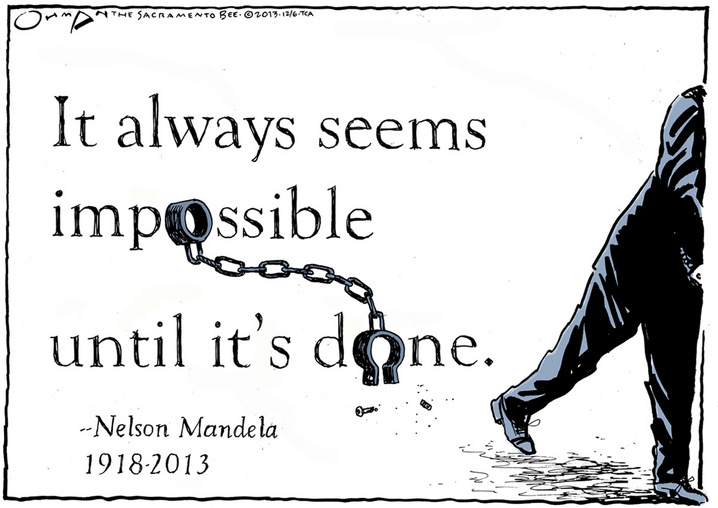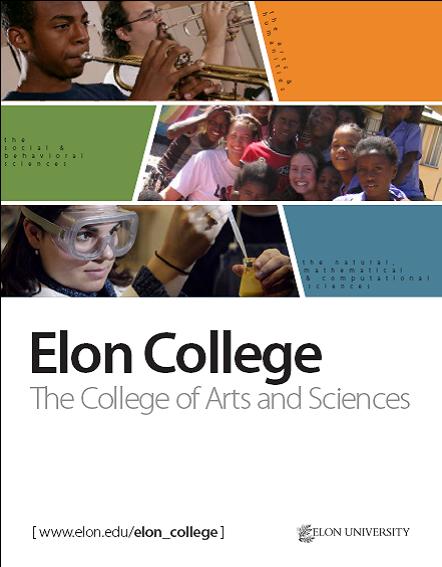 |
When I was searching through political cartoons this week I found many that were in tribute to Nelson Mandela because of his death the week before. Of all the cartoons I saw, this one by Jack Ohman, the editorial cartoonist at The Sacramento Bee, stood out to me the most. Ohman is a professional cartoonist whose work has been syndicated throughout the country to over three hundred newspapers including The Chicago Tribune, The Philadelphia Inquirer, and the New York Times. One of his most recent cartoons is the cartoon pictured above that sums up Nelson Mandela's life. Ohman uses powerful imagery and a quote from Mandela to show the American people that anything is possible and to pay tribute to Mandela. The picture in the cartoon that goes with the quote is a locked cuff and an unlocked one with a man, presumably Mandela, walking away from being freed. The image shows that Mandela was able to do the impossible and was freed from jail after being force to wrongfully serve twenty seven years in prison. By including this image, it shows that even if something seems impossible it still may be possible, because it seemed impossible that Mandela would be released from prison, but he ended up being released. Another reason why this political cartoon is powerful is because of the quote Ohman decided to use. It is short and simple, but pictured the largest because it is the most important part of the cartoon. The words came from Mandela himself, but it is the perfect quote for his tribute because it sums up his life. It seemed impossible that Mandela would be freed, but he was. It seemed impossible that South Africa would have a black president, but it happened. I think that Ohman successfully paid tribute to Mandela simply because this quote was such a smart one to use and the picture went perfectly with that quote.







